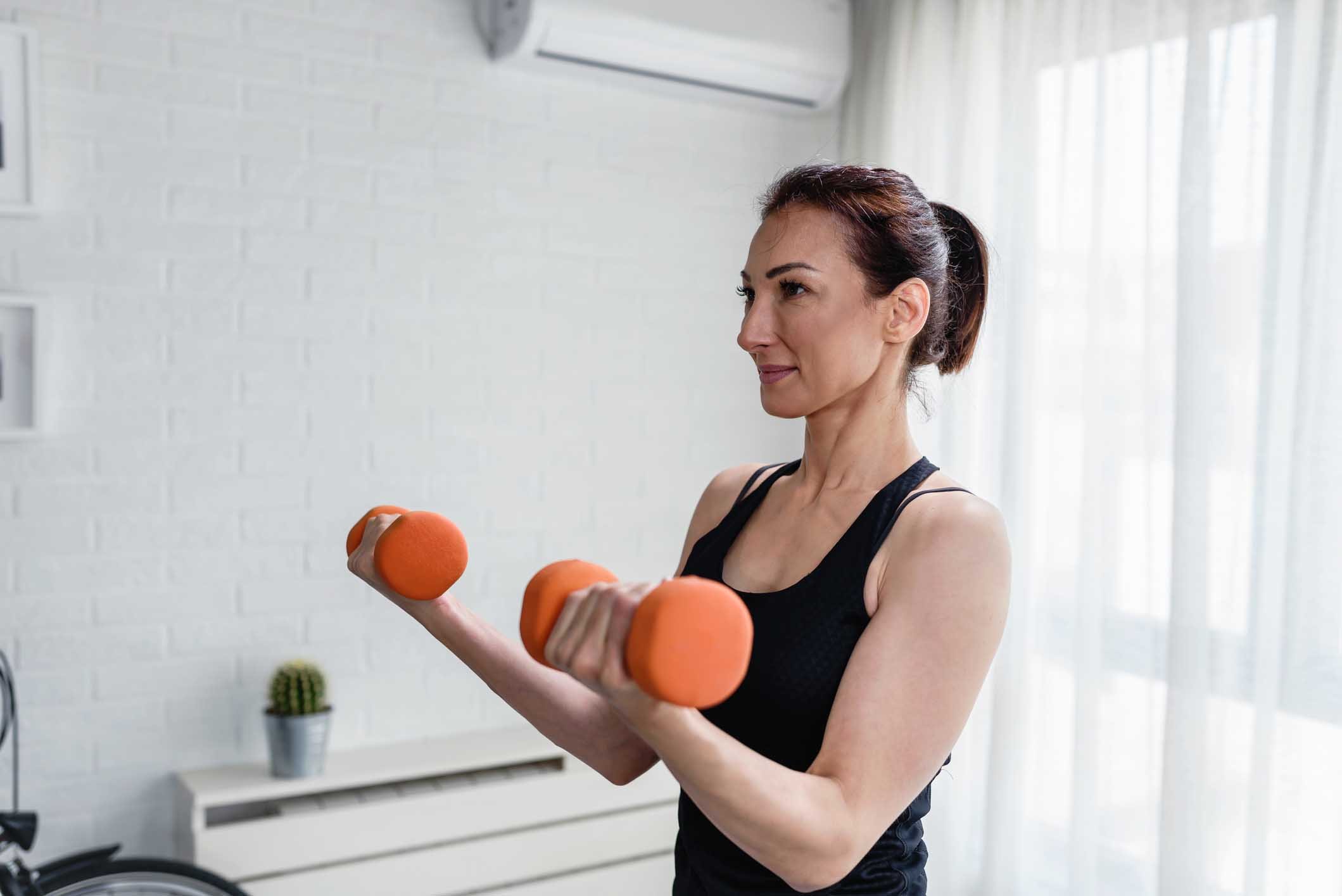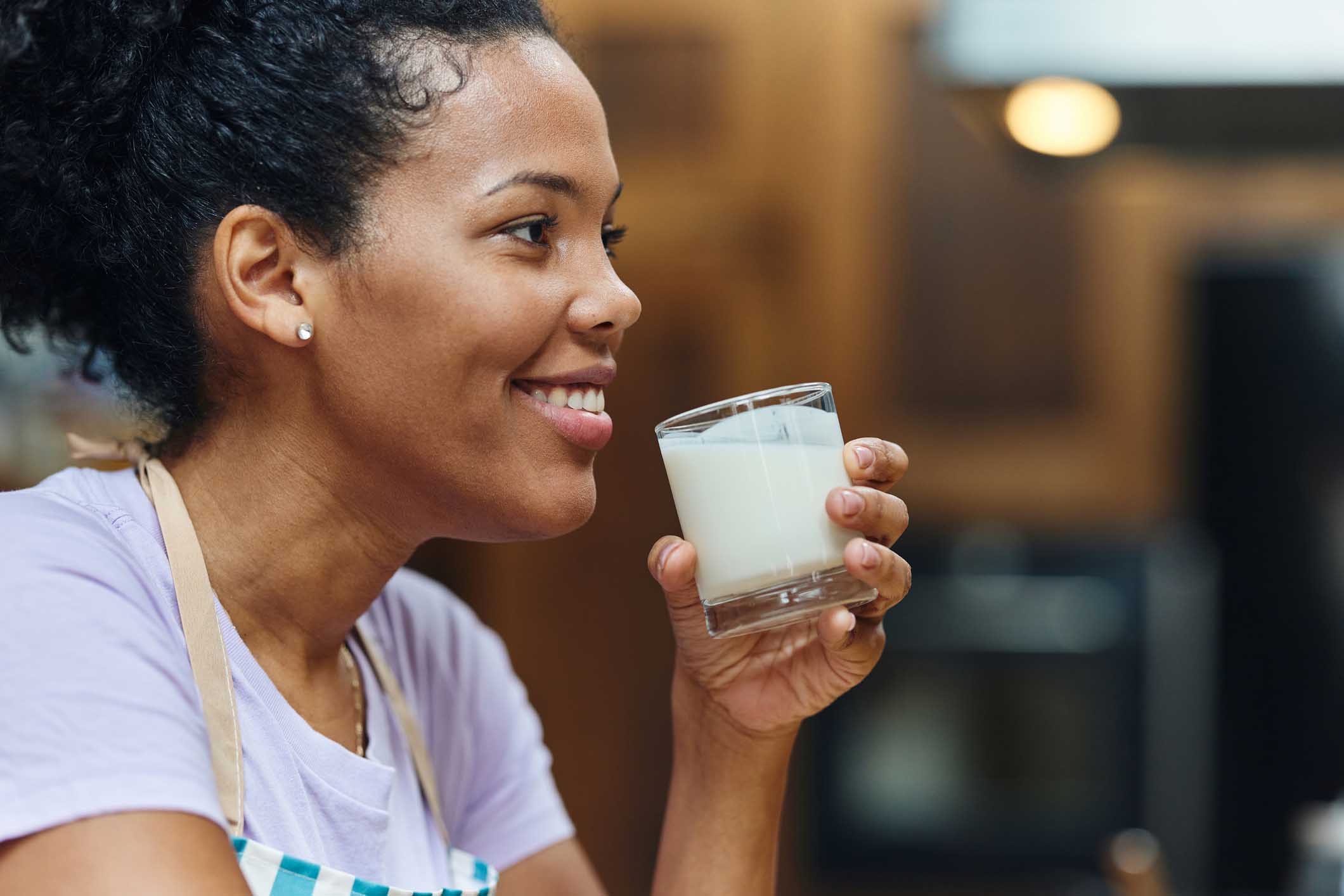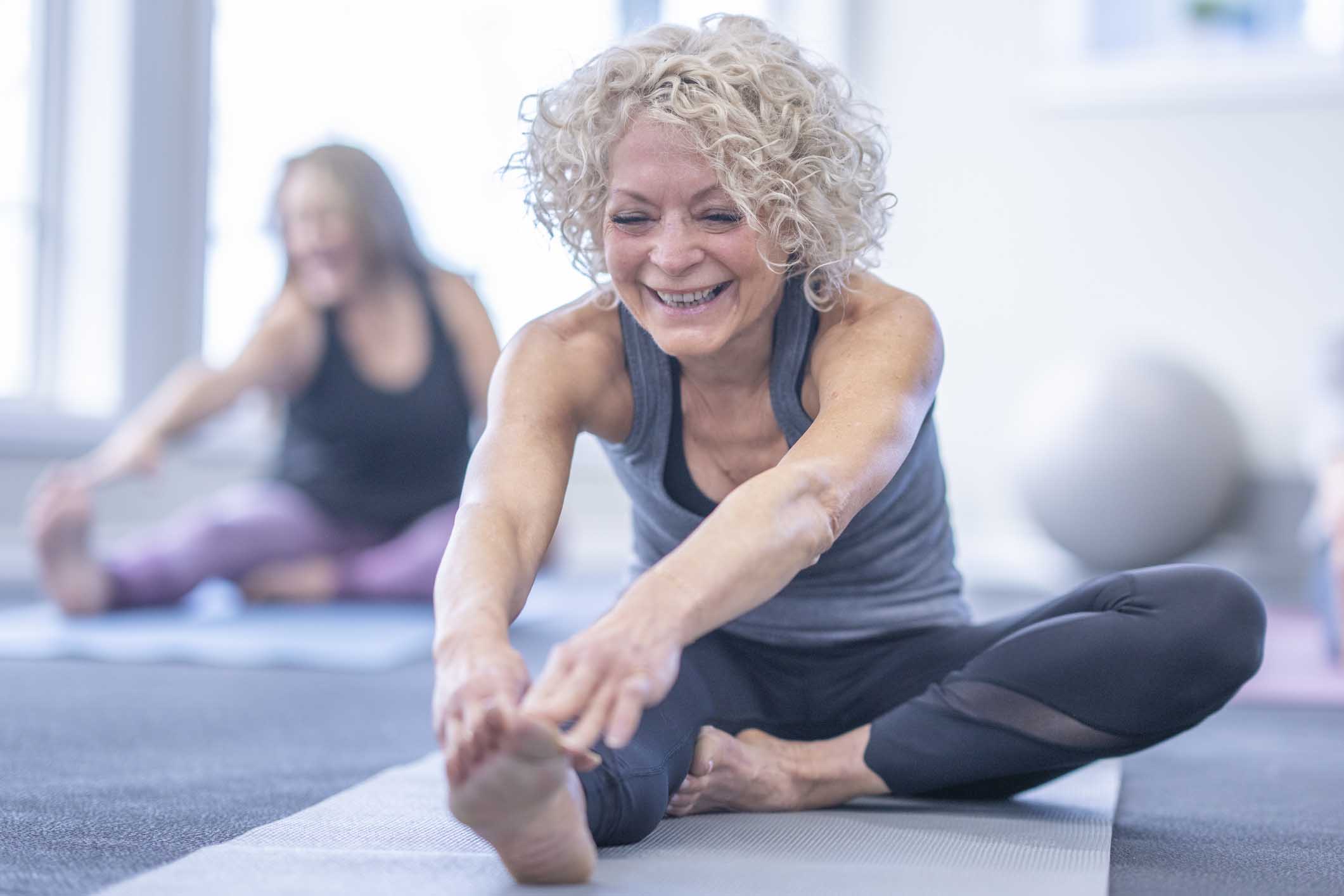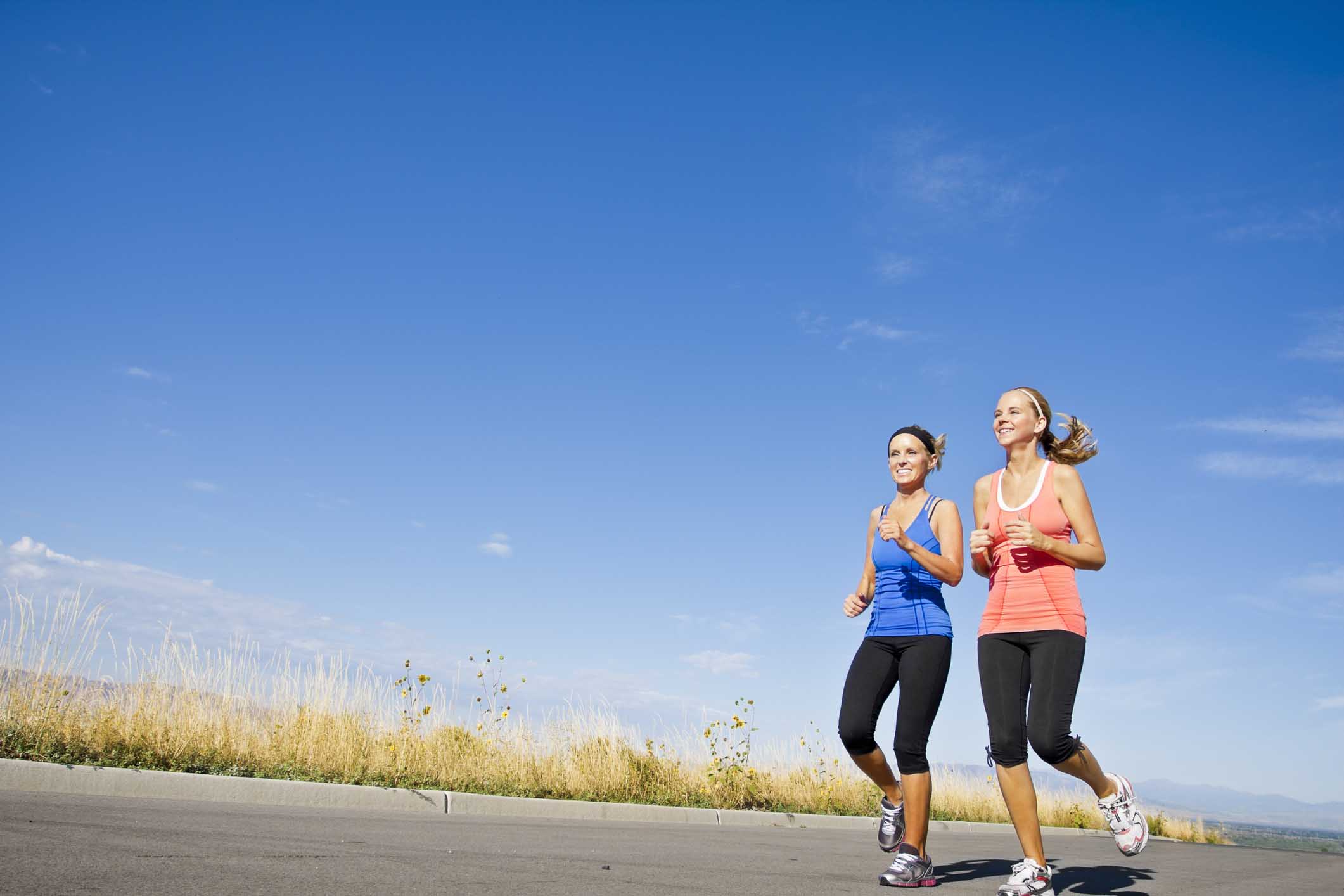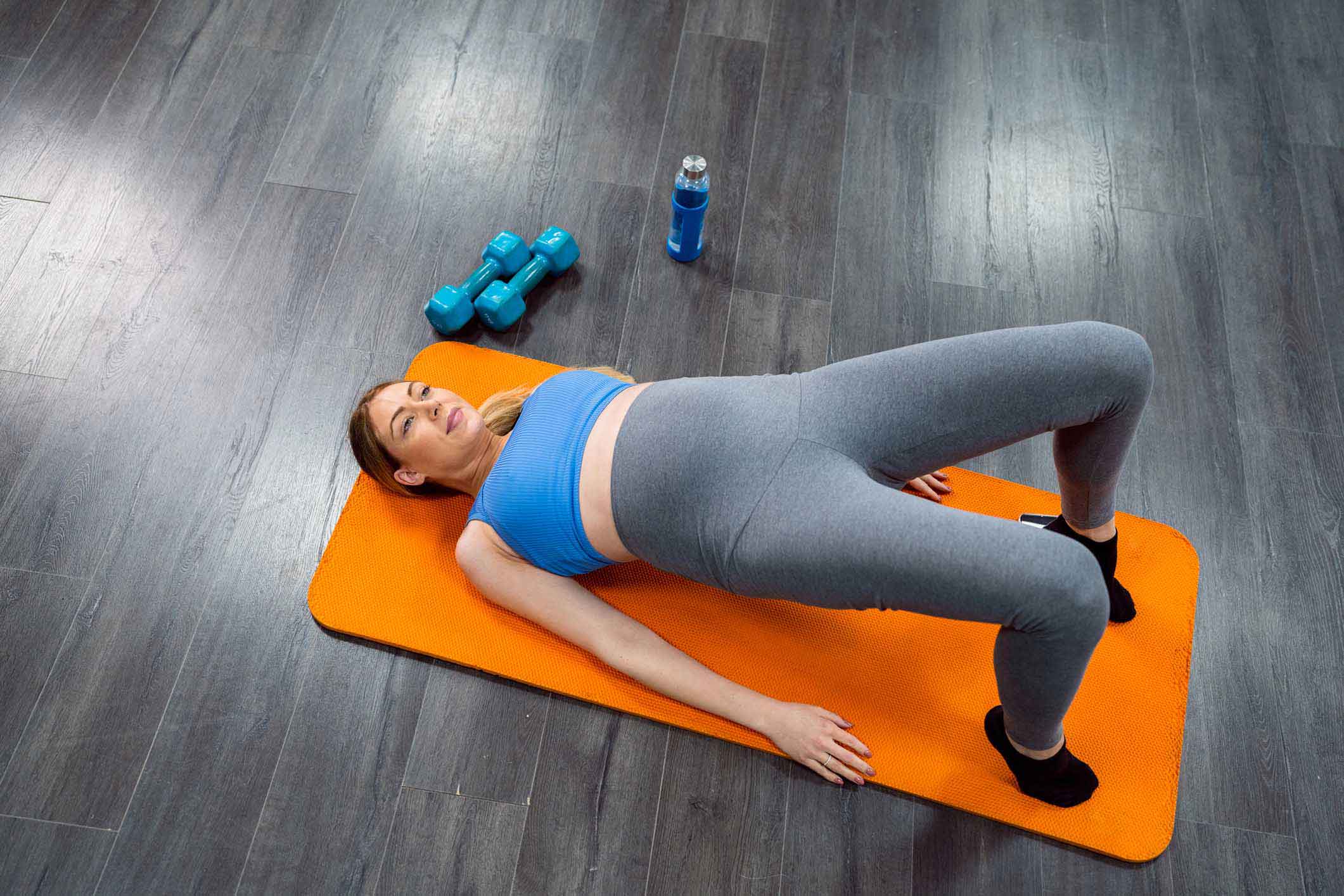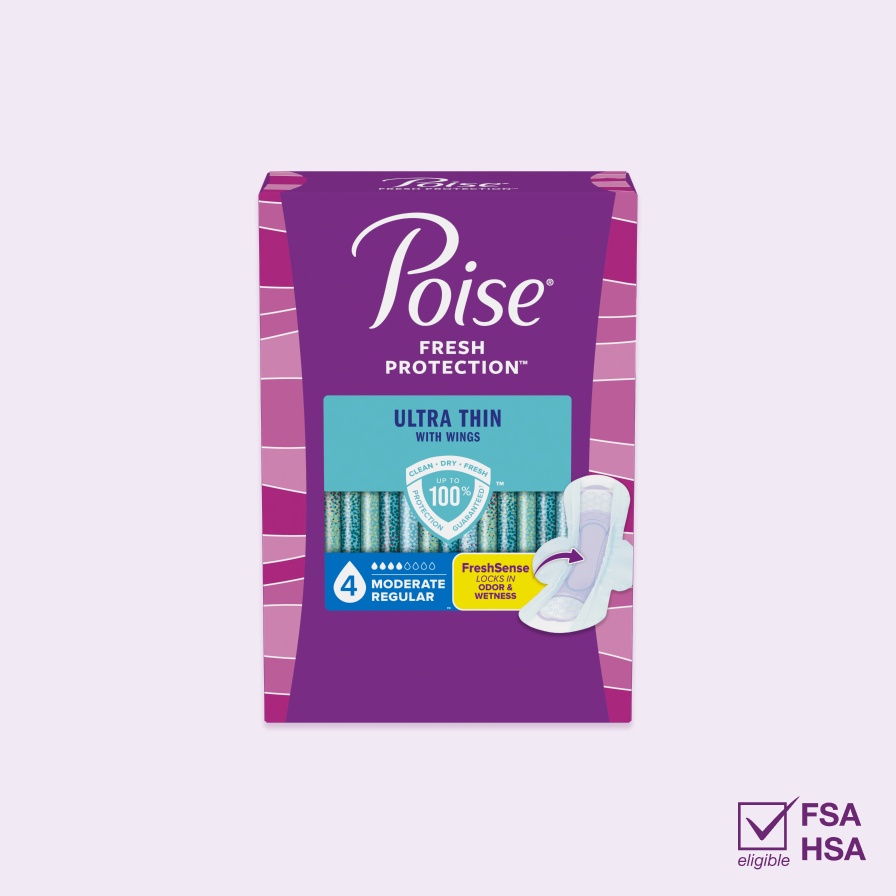How To Lose Belly Fat After 40?
How To Lose Belly Fat After 40?
Common Questions from Women Over 40
Some things become more difficult to manage as you age, including female hormones, bladder function and weight gain. Many of my pelvic health physical therapy patients entering their 40s come to me with questions about how to lose abdominal fat after 40 or how to improve bladder function as they get older.
As women age, a decrease in estrogen during menopause can increase deposits of fat around the abdomen (versus the hips or thighs). Since we engage the abdomen with many of the movements that we perform during pelvic health physical therapy designed to minimize bladder leaks, it’s relevant for my patients also interested in reducing the fat stored in that area.
Connecting the Abdominal and Pelvic Floor Muscles
You can help reduce or eliminate bladder leaks by ensuring that your pelvic floor has enough power and endurance to support you through all your activities, and that it’s well coordinated with your deep abdominal muscle contractions (your Transverse abdominus). This is especially beneficial for higher impact activities.
The pelvic floor muscles and transverse abdominal muscles co-activate to perform essential functions such as:
- Maintain continence
- Support your pelvic organs
- Improve sexual function
- Aid in blood and lymphatic flow
- Assist in postural support
General Health After 40
Although losing fat is one of the goals that women in their 40s and beyond should work towards, it shouldn’t be the only thing on their mind. Empowering my patients to achieve general health as they age is more of a priority than just losing fat. Dietary fat is important to make essential fatty acids (which the body can’t make itself) and is used by our bodies for energy.
I encourage patients to consider how their lifestyles affect their general health and their female health, such as hormone regulation and pelvic floor function. My goal is to help motivate them to make lifestyle changes that will benefit their entire body as they age.
Losing belly fat after 40 can certainly be done healthfully, through lifestyle habits such as exercise or pelvic health physical therapy.
Healthy weight loss, achieved through things like proper nutrition and physical activity, can help maintain optimal body function, so you can continue enjoying an active lifestyle as you age.
How to Get Rid of Belly Fat
Before we talk about weight management, we should be clear that there are two main types of fat: white fat and brown fat.
- White fat is made up of lipids, or fatty acids. White fat is what we want to reduce since this is associated with obesity.
- Brown fat is full of mitochondria, which are composed of iron. In response to a hormonal signal, brown fat takes in white fat and sugar and breaks them down to make energy and burn calories. Exercise is thought to stimulate brown fat through this hormonal signaling. It also takes up less space than white fat. Individuals who are leaner have been found to have more brown fat than overweight individuals.
Dos and Don’ts of Fat Loss
Now that you know the different types of fat, let’s discuss the best ways to target fat for weight loss. Note: consult your doctor to determine if the suggestions below are appropriate for your specific health goals and needs.
- Do perform high intensity interval training for 25-30 minutes at least 3 times per week
- Do have at least 2 days of resistance exercises weekly
- Do limit alcohol intake
- Do keep your pelvic floor strong through high intensity exercises
- Do find support to decrease chronic stress in your life. Everyone needs to utilize the buddy system!
- Don’t eat foods that are particularly high in sugar, fat, or salt
- Don’t starve yourself – your body needs fuel for energy
Exercise
The visceral (abdominal) fat that most women are concerned about is best managed with high intensity exercise. The intensity of the exercise will have a direct effect on the amount of fat burning that takes place. Increased muscle fiber recruitment (aka, practicing exercises repeatedly or at higher loads) will lead to a series of biochemical reactions and fat loss with muscle mass gain.
You don’t need to buy a lot of equipment to complete a high intensity workout! Just practicing aerobic endurance training and weight training for at least 25-30 minutes, 3 times per week, can help you target and burn fat. However, if you prefer to start at a lower intensity, focus on that workout for at least 30 minutes 5 times a week (or 150 minutes total per week).
Pelvic health physical therapy
Pelvic floor exercises are an essential part of any strength-training routine, and these are often what I explore with patients in their first visit with me.
The pelvic floor muscles must contract as?a first line of support when there is any increase in intraabdominal pressure (aka, with resistance exercises). This support from below is essential for static and dynamic exercises.
When pelvic floor exercises are performed correctly, they create a simultaneous contraction of transverse abdominus muscles (your deep internal corset). Doing these exercises will narrow your waist and flatten your stomach, but there is a catch. These exercises do not specifically burn belly fat. However, when correctly contracting these muscles, it does make your stomach appear flatter, which helps with aesthetics.
Working With a Physical Therapist
Women looking for information on how to lose stomach fat can seek advice from a physical therapist. A PT professional will not only teach you effective fat burning exercises but will also be able to manage any orthopedic conditions to keep your body safe while you exercise.
It can also be beneficial for women who want to minimize belly fat after 40 to work with a pelvic health physical therapist. Professionals in my industry are trained to create structured programs that can improve pelvic floor function while also addressing muscle movement and weight management.
As you age and consider your weight management journey, remember to make general health your top priority. And don’t go it alone – work with a professional to create a weight management program that is healthy for your body. There are many benefits of maintaining a healthy weight and staying active, but most important is to improve your overall health and happiness!
# # #
Author Summary: Dr. Heather Jeffcoat, DPT, Pelvic Health Physical Therapist is the founder of Fusion Wellness & Femina Physical Therapy (FeminaPT.com). Her work focuses on pelvic and sexual health education for all, and she lectures internationally on Female Sexual Dysfunction and chronic pelvic pain. She is also the author of Sex Without Pain: A Self Treatment Guide to the Sex Life You Deserve.
Sources:
- https://www.ncbi.nlm.nih.gov/pmc/articles/PMC8290478/
- https://pubmed.ncbi.nlm.nih.gov/27152424/
- Melanson, E.L., Sharp, T.A., Seagle, H.M., Donahoo, W.T., Grunwald, G.K., Peters, J.C., et al. 2002a. Resistance and aerobic exercise have similar effects on 24-h nutrient oxidation. Med. Sci. Sports Exerc. 34(11): 1793–1800. doi:10. 1097/00005768-200211000-00016. PMID:12439085.
- https://www.ncbi.nlm.nih.gov/pmc/articles/PMC3428710/
- https://pubmed.ncbi.nlm.nih.gov/30230164/#:~:text=When %20compared%20with%20'normal'%20body,interval%20%3D%201.58%2D2.42
Recommended Products
Absorbency Level
Absorbency Level
